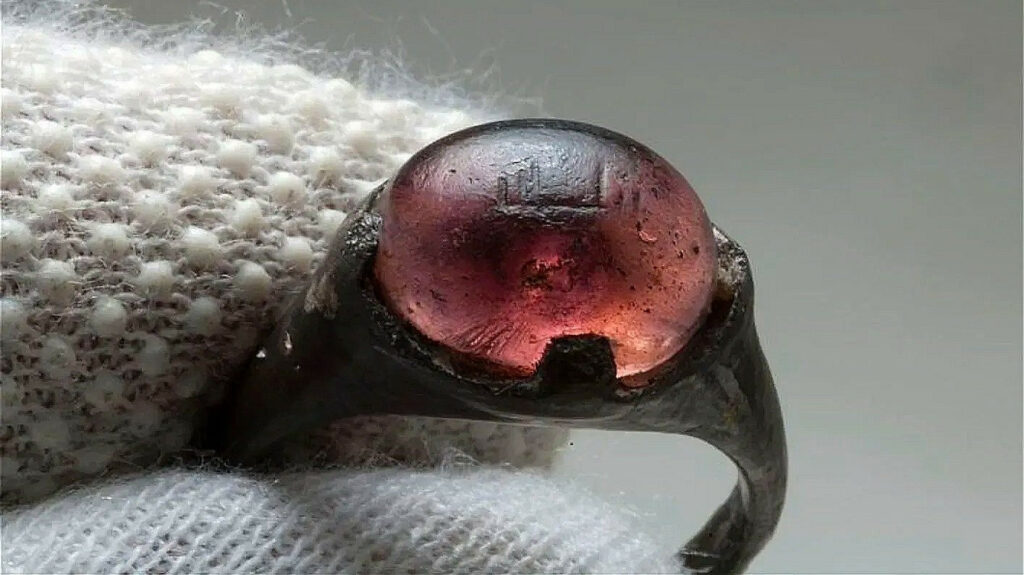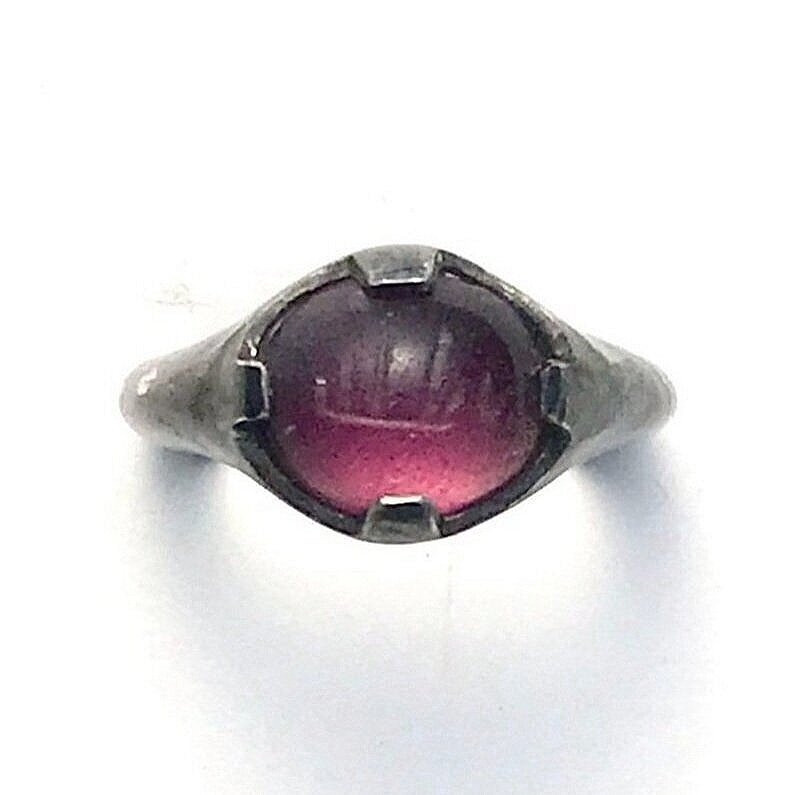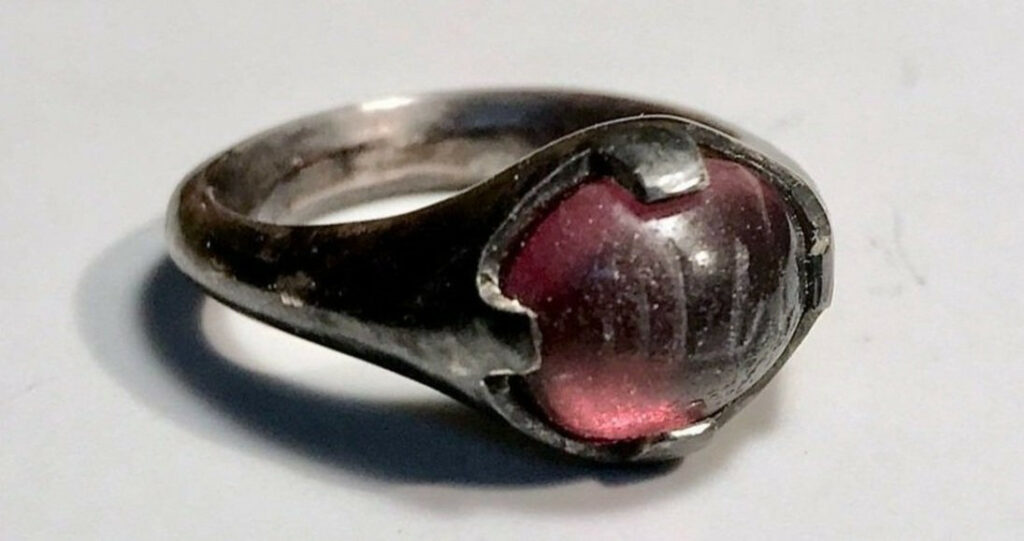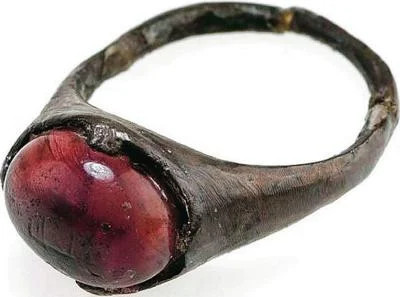A Fascinating Discovery from the Viking Age

In the heart of Scandinavia, an intriguing find has shed light on the intricate connections between the Viking world and the early Islamic civilizations. A ring discovered in a 9th-century grave belonging to a Viking woman in Birka, an ancient trading hub in modern-day Sweden, bears a remarkable Arabic inscription that reads “For/to Allah.”

The Enigma of the Arabic-Inscribed Ring
This unique ring, made of a silver alloy and adorned with a colored glass stone, is the only Viking Age ring found in all of Scandinavia with an Arabic inscription. Recent research by biophysicist Sebastian Wärmländer and his team at Stockholm University has uncovered fascinating details about this enigmatic artifact.

Using advanced scanning electron microscopy, they discovered that the stone is a type of colored glass, a material exotic to the Vikings but widely produced in the Middle East and North Africa at the time. Strikingly, the ring shows minimal signs of wear, suggesting it may have had few owners between its creation and the Viking woman who wore it.
Connecting the Viking and Islamic Worlds
This remarkable find hints at a direct connection between Viking society and the Abbasid Caliphate, which ruled over vast territories in the Middle East and North Africa during the 8th to 13th centuries. Wärmländer and his colleagues speculate that the woman herself, or someone close to her, might have traveled from or had origins within the Caliphate or its surrounding regions.

While physical evidence of such connections is rare, historical accounts recount encounters between Scandinavians and the early Muslim world. By the 11th century, Vikings were renowned for their extensive sea voyages, reaching as far as the Americas and possibly even Constantinople and Baghdad in the east, primarily driven by a thirst for trade and silver, a symbol of status in Viking society.
A Tantalizing Mystery Yet to be Unraveled

Despite the intriguing clues offered by this remarkable ring, the circumstances surrounding how the Viking woman came to possess it remain shrouded in mystery. Linda Wåhlander, a teacher at the Statens historiska museum who worked on the project, expressed her curiosity, saying, “I don’t know if it was bought or taken by force, and of course, I wish I knew the circumstances of how this woman came to possess it – whether it was a friendly exchange or not, whether she traveled far from home, or if someone brought it back for her. I am an archaeologist, but sometimes I wish I could travel through time.”
This captivating discovery serves as a reminder of the interconnected nature of ancient civilizations and the enduring allure of uncovering the untold stories that lie buried beneath the layers of history.

